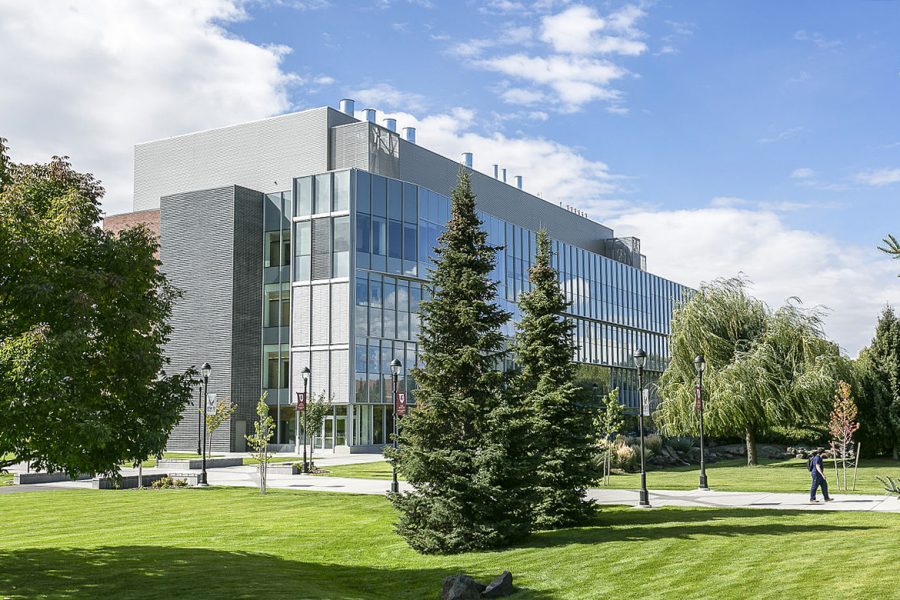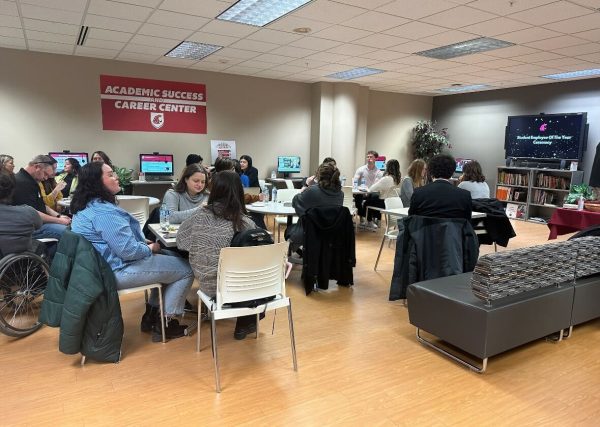WSU college of medicine enrolls its largest, most diverse class
Women account for 54 percent of 2023 class, 37 percent are first-generation students
August 23, 2019
The Elson S. Floyd College of Medicine received 80 new students for its 2023 class, which is the largest and most diverse class the college has seen after it was created in 2017.
According to a press release from the university, women make up 54 percent of the class. About 37 percent of the class are first-generation students and 55 percent come from low socioeconomic backgrounds. The entire class either resides in Washington or grew up in the state.
Leila Harrison, the interim senior associate dean for Admissions, Recruitment and Inclusion, said it is not uncommon for medical schools across the country to only accept students with strong ties to the state they are located in.
“We were founded to produce physicians in the state of Washington,” she said. “Those are indicators that those students will come back and practice here.”
The class also includes 14 percent of those with ethnic backgrounds that are underrepresented in medicine, according to the release. Nearly 60 percent of the class are aged 25 or older, with the average age being 26. Just over 6 percent of its students have served in the military.
Harrison said the college pays attention to institutions with broad demographic populations during the recruiting process. Community colleges get a lot of attention because their students typically have diverse backgrounds.
“It’s important to keep in mind that those students have to choose us back too, it’s not just about choosing them,” Harrison said.
The college also uses its spring symposium to look for quality applicants. She said applicants receive one-on-one advising to help strengthen their chances.
Having a broadly diverse class shows students they could thrive at the college, she said. Potential students who come from similar backgrounds are more likely to be interested in the college.
Student enrollment isn’t the only benefit to a diverse class, Harrison said.
“They’re going to learn from one another and be better prepared to treat a diverse population after they graduate,” she said.
Harrison said applicants who fit the college’s mission were chosen, rather than letting metrics dictate who is enrolled.
According to the college’s website, its mission is to improve the patient experience of care, keep populations healthy while decreasing the cost of care.
The college admits more females than the national average and the total number of applicants has more than doubled since late 2016, according to the release.
“We look for inspired people who want to solve problems in the medical world,” Harrison said.























